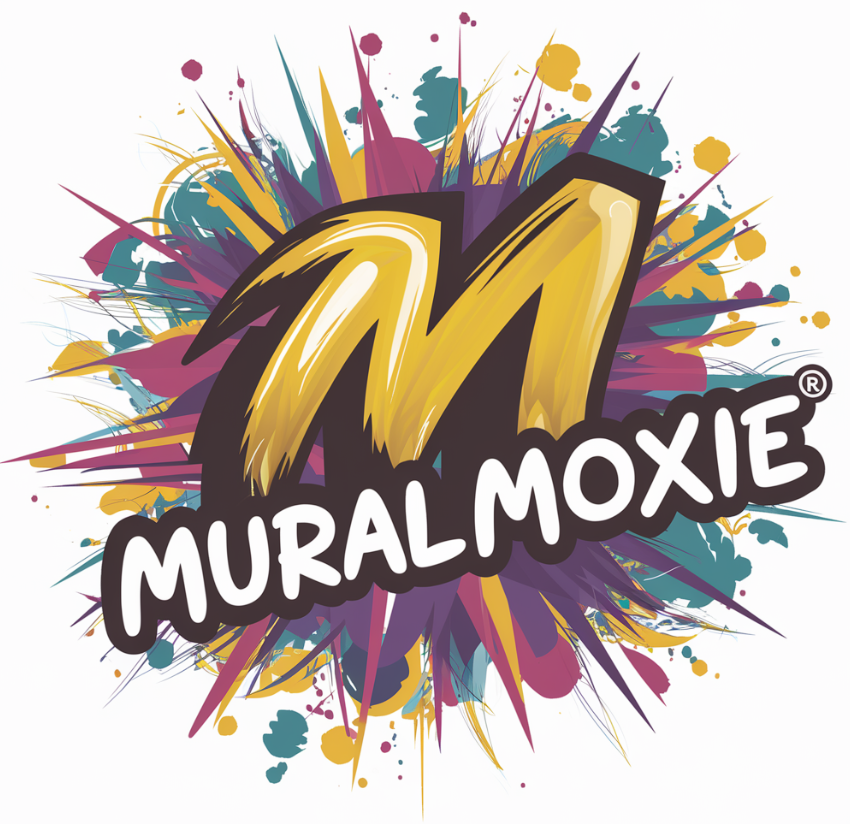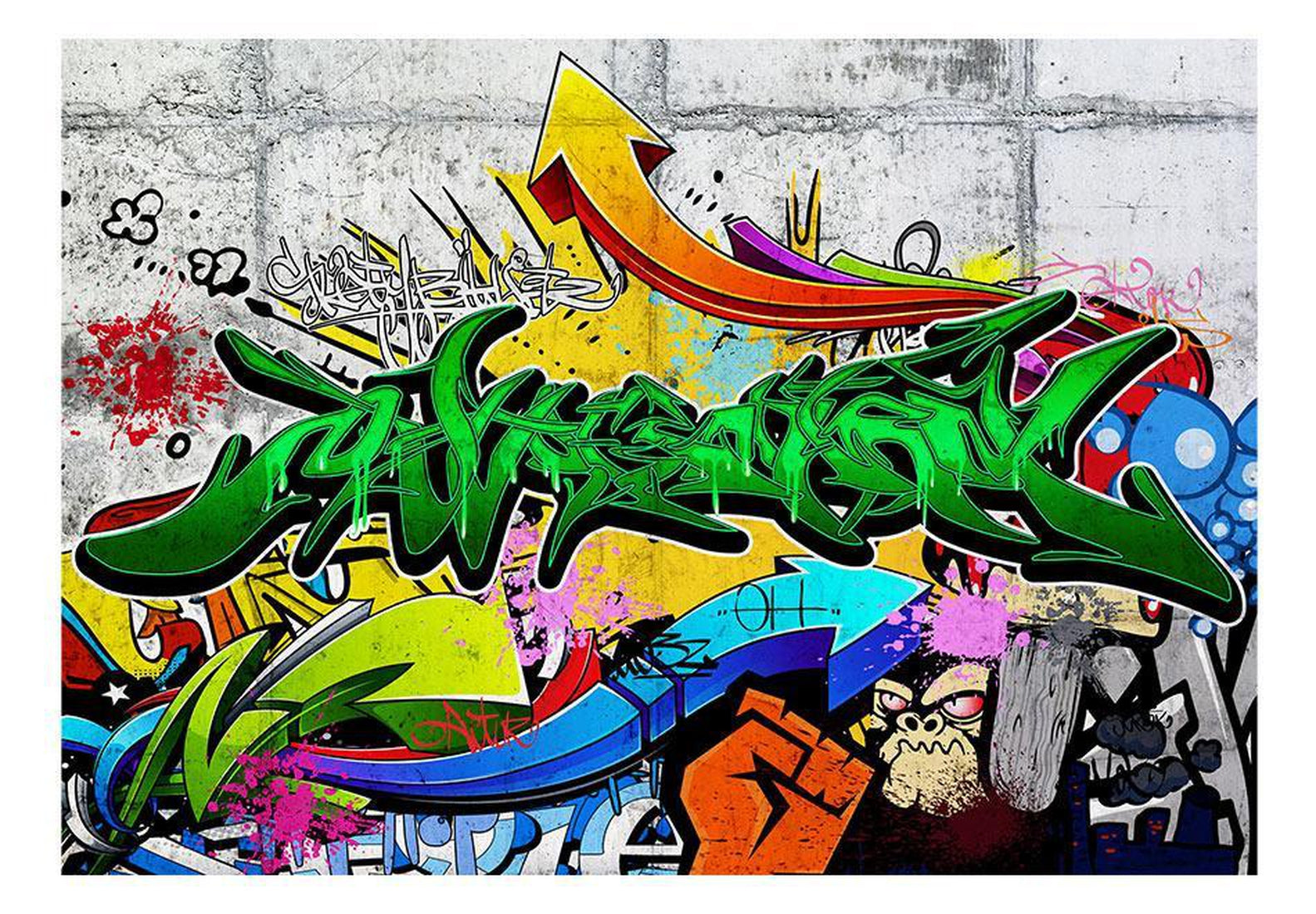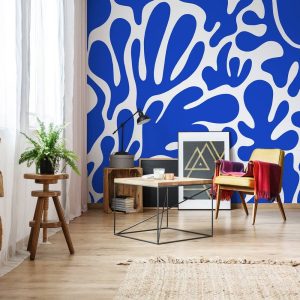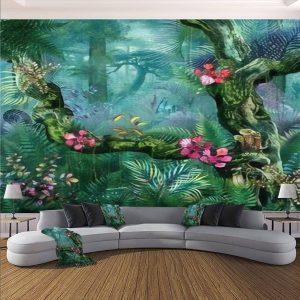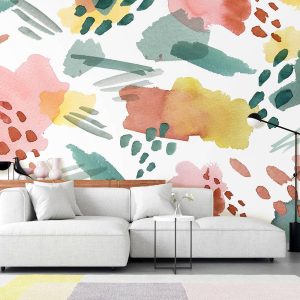Peel-and-stick murals have become a popular choice for home decor due to their ease of use and versatility. These murals allow homeowners to transform their spaces without the mess and commitment of traditional wallpaper. However, designing a seamless peel-and-stick mural pattern presents several challenges that can impact the final look and user experience. This article explores these challenges and offers insights into overcoming them.
II. Understanding Peel and Stick Murals
A. What Are Peel and Stick Murals?
Peel-and-stick murals are a type of wallpaper that comes with an adhesive backing. They can be easily applied to walls and removed without damaging the surface. These murals are available in various designs, from intricate patterns to large-scale images.
B. Benefits of Peel and Stick Murals
- Ease of Installation: No need for paste or water; simply peel off the backing and stick the mural to the wall.
- Removability: They can be removed without leaving residue, making them ideal for renters.
- Variety of Designs: Available in countless designs, allowing for personalized decor.
C. Common Uses
- Living Rooms: To create a focal point or accent wall.
- Bedrooms: For a personalized touch.
- Offices: To enhance the work environment.
- Kids’ Rooms: Fun and educational designs for children.
III. The Importance of Seamless Design
A. Visual Appeal
A seamless pattern ensures that the mural looks like a single, continuous piece of art. This enhances the overall aesthetic and makes the mural more visually appealing.
B. User Experience
Seamless designs are easier to install because they reduce the li why not try here kelihood of misalignment. This leads to a more satisfying user experience.
C. Market Demand
Consumers prefer high-quality, seamless designs that look professional and polished. Meeting this demand is crucial for success in the market.
IV. Technical Challenges in Designing Seamless Patterns
A. Pattern Alignment
Aligning patterns across multiple panels can be difficult. Even a slight misalignment can disrupt the seamless look, making the mural appear disjointed.
B. Overlapping and Gapping
Overlaps and gaps between panels are common issues. Overlapping can cause double images, while gaps can create visible lines.
C. File Size and Resolution
High-resolution files are necessary to ensure the mural looks sharp and detailed. However, large file sizes can be challenging to manage and print.
V. Practical Challenges During Installation
A. Wall Preparation
Proper wall preparation is essential for a smooth installation. Walls must be clean, dry, and smooth to ensure the mural adheres properly.
B. Handling Air Bubbles and Wrinkles
Air bubbles and wrinkles can occur during installation. These issues can be minimized by smoothing the mural from the center outward and using a squeegee.
C. Cutting Around Obstacles
Cutting around windows, doors, and outlets can be tricky. Precision is key to maintaining the seamless look.
VI. Design Considerations for Seamless Patterns
A. Choosing the Right Materials
Different materials have different properties. Vinyl, fabric, and paper-based wallpapers each have their pros and cons.
| Material | Pros | Cons |
|---|---|---|
| Vinyl | Durable, easy to clean | Can be less breathable |
| Fabric | High-quality finish, breathable | More expensive, harder to clean |
| Paper-based | Eco-friendly, affordable | Less durable, harder to clean |
B. Color and Texture Consistency
Ensuring consistent color and texture across panels is crucial. Variations can disrupt the seamless look and reduce the mural’s quality.
C. Pattern Repetition and Scaling
Managing pattern repetition and scaling is important for large murals. Patterns must be designed to repeat seamlessly without noticeable breaks.
VII. Tools and Techniques for Creating Seamless Designs
A. Software and Tools
Using the right software is essential for designing seamless patterns. Programs like Adobe Photoshop and Illustrator are commonly used.
B. Testing and Proofing
Printing proofs is important to check for seamlessness. This allows designers to identify and correct any issues before final production.
C. Overlap and Buffer Zones
Using overlap and buffer zones can help ensure seamless transitions between panels. These zones provide a margin for error during installation.
VIII. Case Studies and Examples
A. Successful Seamless Mural Projects
- Project 1: A living room mural with a tropical theme. The seamless design created a stunning focal point.
- Project 2: A children’s room mural featuring a whimsical forest. The seamless pattern made the room feel magical.
B. Common Mistakes and How to Avoid Them
- Mistake 1: Misalignment of patterns. Solution: Use alignment guides during installation.
- Mistake 2: Air bubbles and wrinkles. Solution: Smooth the mural from the center outward and use a squeegee.
IX. Tips for DIY Enthusiasts
A. Step-by-Step Guide
-
- Prepare the Wall: Clean and smooth the wall surface.
- Measure and Cut: Measure the wall and cut the mural panels to size.
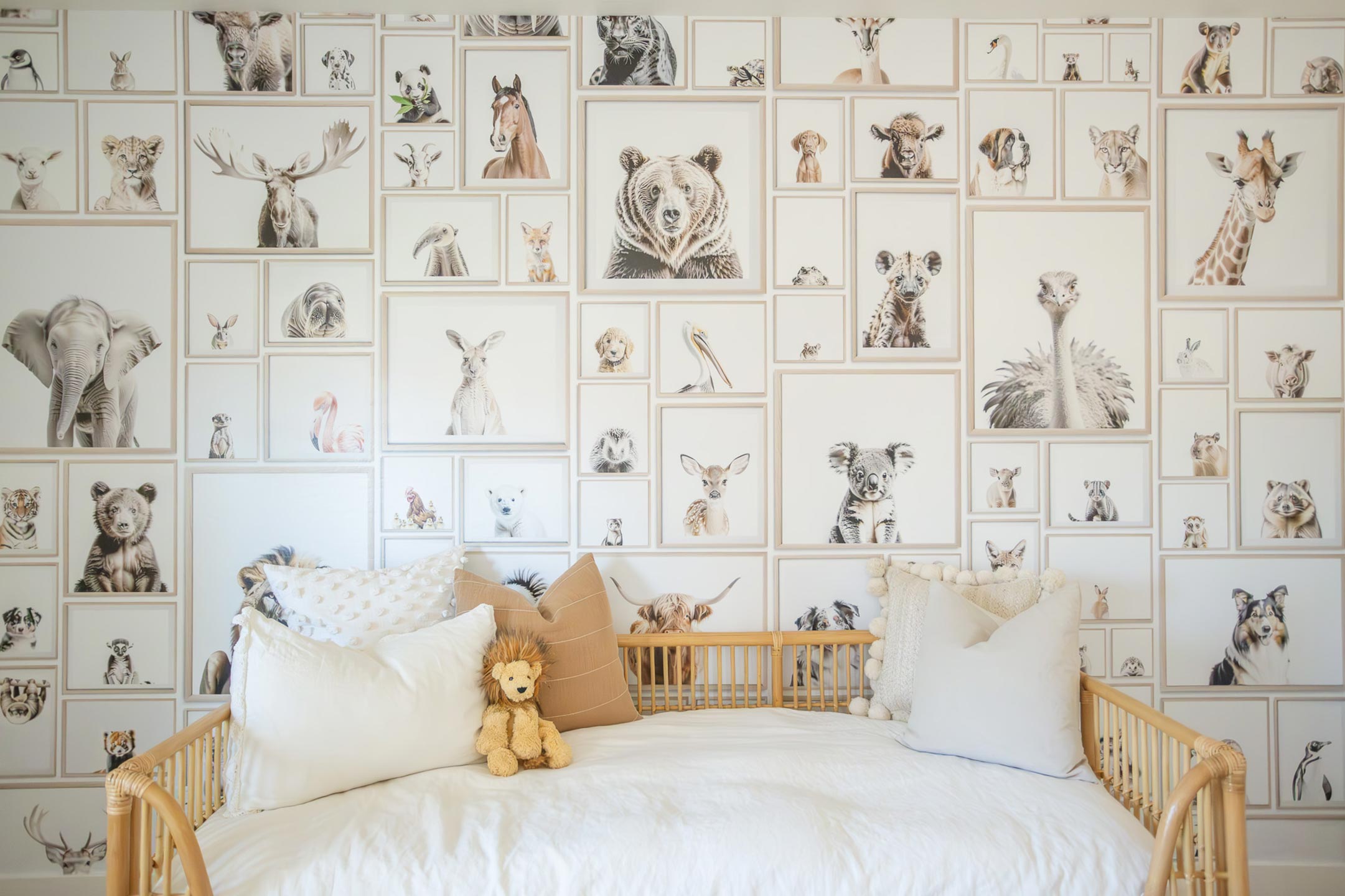
- Peel and Stick: Peel off the backing and stick the mural to the wall, starting from the top.
- Smooth Out: Use a squeegee to smooth out air bubbles and wrinkles.
- Trim Excess: Trim any excess material around windows, doors, and outlets.
B. Recommended Tools and Materials
- Measuring tape
- Utility knife
- Squeegee
- Level
- Pencil
C. Troubleshooting Tips
- Air Bubbles: Use a pin to puncture the bubble and smooth it out.
- Wrinkles: Gently lift the mural and reapply, smoothing as you go.
- Misalignment: Use alignment guides and take your time to ensure accuracy.
X. Conclusion
A. Recap of Key Points
Designing a seamless peel-and-stick mural pattern involves several challenges, from technical issues like pattern alignment and file resolution to practical concerns during installation. However, with the right tools, techniques, and preparation, these challenges can be overcome.
B. Final Thoughts
Seamless peel-and-stick murals offer a beautiful and versatile option for home decor. By understanding and addressing the challenges involved, designers and DIY enthusiasts can create stunning, professional-looking murals.

Meet Hi there! I’m Jason Noon, a passionate Product Consultant specializing in mural design and customization. Welcome to MuralMoxie, where creativity meets craftsmanship. My journey into the world of murals began over a decade ago. I started as a graphic designer, but my love for large-scale art installations quickly took over.
